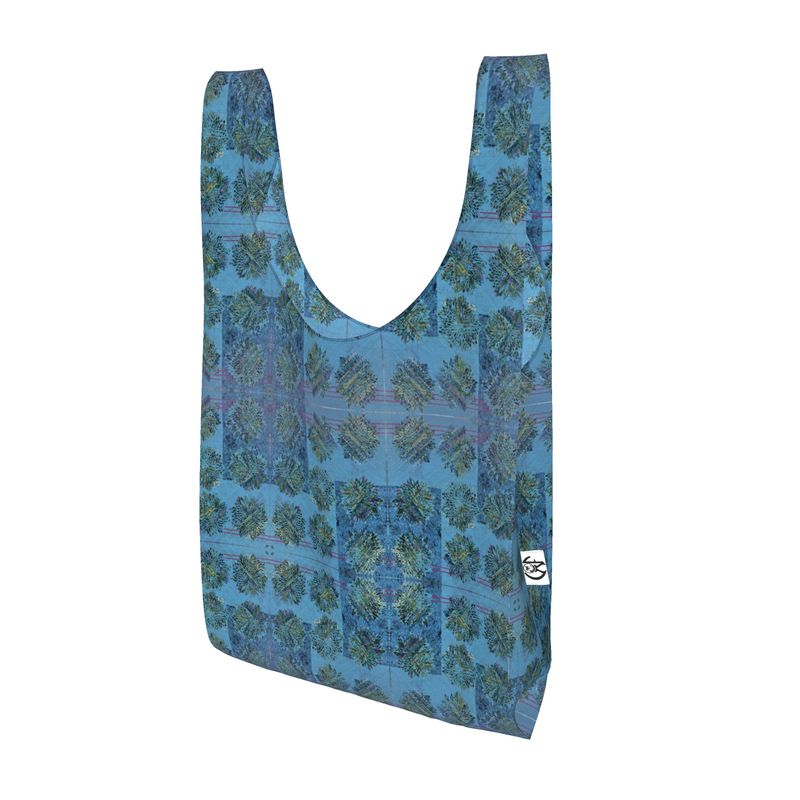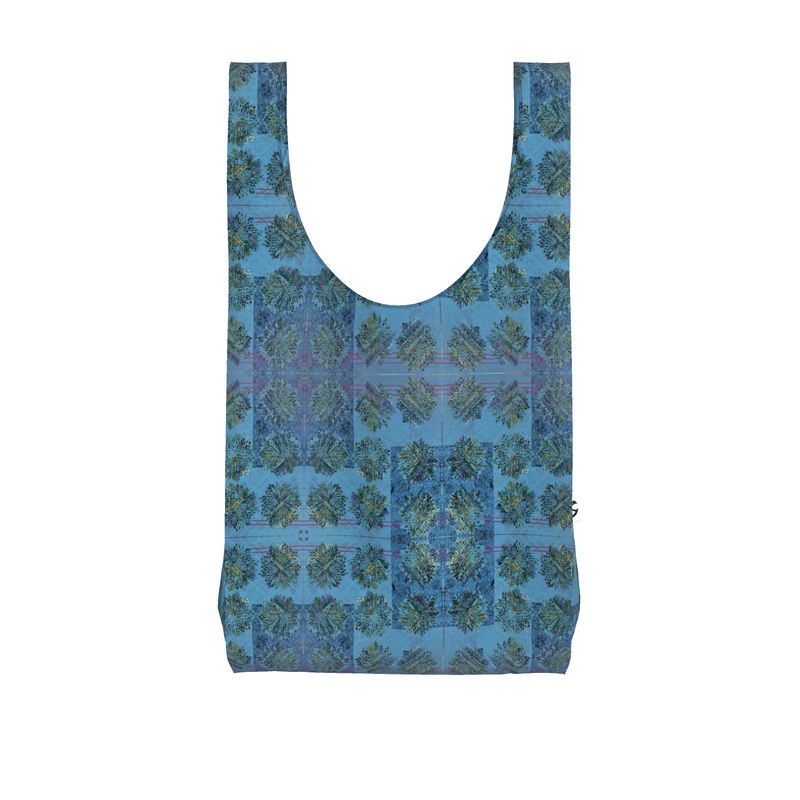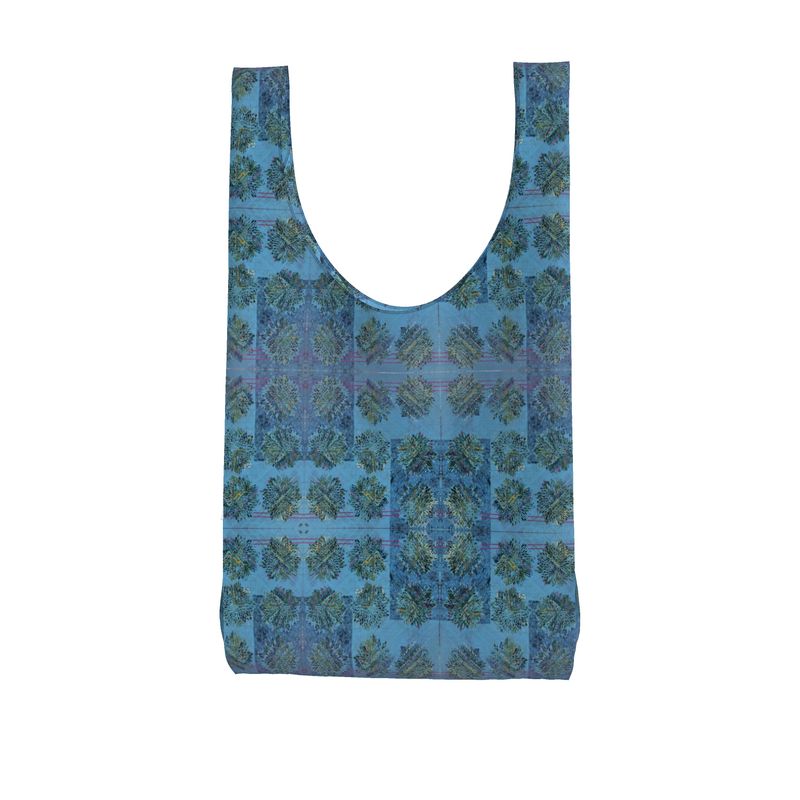Designer Carrier Bag
- Strong, waterproof, and lightweight
- Made from Ripstop fabric
- Reusable and unique
- Handmade to order
- 25.8" H x 15.7" W x 5.1" D
- Sustainably printed
Couldn't load pickup availability
Brightly colored, light weight and durable, these are your solution to loosing those sustainable grocery bags. The Ripstock fabric* makes them super compact, simply easy to always have on hand. They're also a stylish alternative for travel. You can stick one in your suitcase for souvenirs, a beach day and poolside. Worried about keeping them clean? There's no worry, turn them inside out and toss them in the wash with the rest of your load. If you think it's getting a little wrinkled, again turn it inside out and press it on low heat. There are so many exciting options for this bag; we're sure it will quickly become a favorite!
* Ripstop Fabric is a parachute fabric which strengthened square grid weave of poly blend spun fibers. The construct is tight and closed, making it a strong fabric that's both lightweight and waterproofed.
The structure of this piece is incredibly formalized in its foundation. If you focus on the underpainting, everything is rigid but each layer gets looser and looser, allowing a fertile ground for growth. It's the visual language of an artist being displayed before the viewer.
Visual art training is much like training in any field. You learn the history of art. You learn about materials and tools, how they’re made and they’ve evolved. You learn how to look at things, study things and pay attention to details. You learn the language of art, words like composition, scale, perspective, focal point, balance, gestural, tension, veristic, field, impasto, texture, painterly, et al. If you’re lucky, you have a fantastic high school art teacher who was heavily influenced by the Renaissance masters and taught you how to draw figures from the inside out. She was almost scientific in encouraging us to learn the bones, muscles and joints in the body so we knew how they worked and could approach figure drawing in the most naturalistic way.
With all this formalized education and continued autodidactic training throughout life, one might ask, “What made you go in the direction you have with your abstract art?” First of all, just to clarify and explain, my work isn’t abstract; it’s nonobjective. I understand how it’s easily confused because the term “abstract” is more common than nonobjective. Nonobjective means there’s no recognizable relationship between what you see in my work and the natural world. Wherein, when something is considered abstract, that means it’s an abstraction of the natural world. It’s a semantic but I write these to share my thoughts on my work. As far as why my work has evolved into what it is today, Picasso said it best, "Learn the rules like a pro, so you can break them like an artist.”









